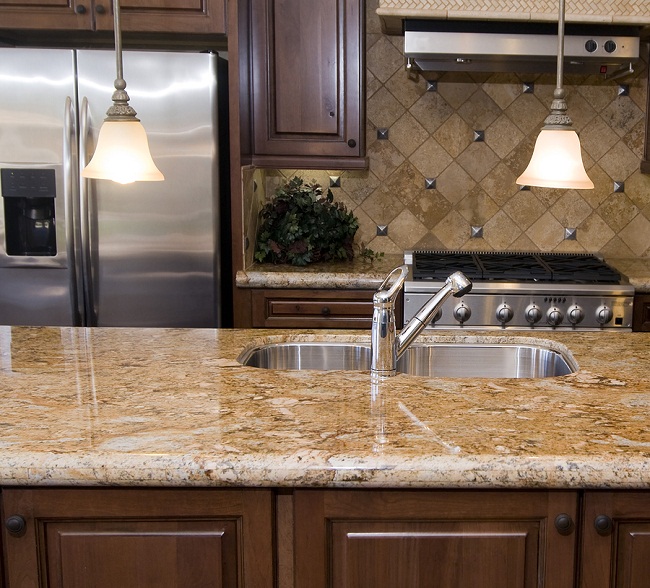Desalination is the solution to towns that are facing shortage of ground water to meet the community’s demand for clean water. It can supply extra clean water to meet the growing population in the municipal water. Even if there is insufficient ground water, you can still rely on the ocean as an alternative for obtaining clean water. More and more desalination companies are using reverse osmosis as the desalination technique for filtering out the water.
A large pipe under the ocean will suck the ocean water into the container. The pipe is being placed in a strategic location so that not many marine lives will be sucked into the pipe. There is also a screen in the pipe that prevent the marine lives from being sucked into the raw sea water storage container. The semi permeable membrane can extract the salt from the sea water so that a stream of clean water that is free from salt content will be produced.
It is estimated that half of the population in the world live in an area that is nearby to the sea. This means that desalination can be used to supply an adequate amount of fresh water for 50% of the world population who live by the coast. The water demand is increasing every year so many municipal town areas have decided to set up desalination plants to meet the demand.
In the pre-treatment stage of the municipal water treatment, the sea water will pass through different types of filters such as multimedia filters and carbon filters. The multimedia filter contains several layers of granular materials such as granite, pebbles, sand, and anthracite. The multimedia filter is able to remove particles like twigs, and seaweed from the sea water. Some desalination companies uses ultrafiltration and microfiltration membranes in place of multimedia filters in the pre-treatment stage.
The water will move to the second pre-treatment stage where it enters the cartridge filters tanks. The cartridge filters is made from wound yarn materials that can remove smaller particles such as sand and clay. There is a high pressure pump that increases the pressure of the water that is currently moving at low pressure through the pipe to the reverse osmosis building. The pressure must be high enough for example at least 1000 PSI to overcome the natural osmotic pressure.
The high pressure exerted from the pressure vessels to pressurize the salt water so that the tiny water molecules can be forced through the microscopic pores in the membrane to the other container. The salt and brine that are being rejected by the semi permeable membrane will stay behind in the container. The semi permeable membrane is like a thin sheet with spacers in between for the water to flow through.
The semi permeable membrane are enclosed in a shell that is made from fibre optic materials. Normally, it requires 6 – 7 membranes in order for the sea water to be purified through the desalination process. The water produced by reverse osmosis desalination is suitable for all kinds of uses including drinking water, cooking, washing clothes, creating processed food and etc.



